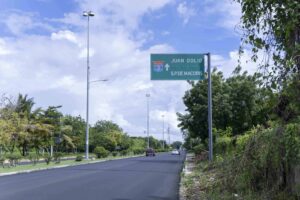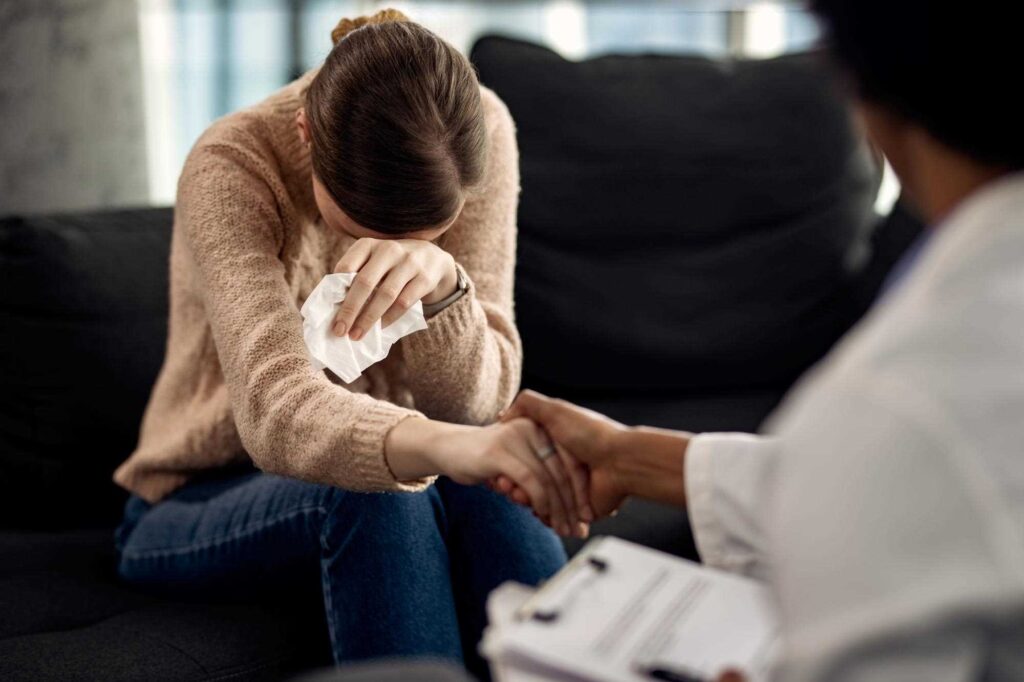
Move from one place to another is one of the activities most everyday activities for a person, whether it is to go to work, study, or to do shopping and errands. But what happens when the fear to drive a vehicle is greater than the need?
In the year 2023 alone, some 1,949 Dominicans They lost their lives in accidents of transitthe second highest figure since 2019, when 2,100 deaths were recorded.
In its yearbook, the National Statistics Office (ONE) establishes that Sundays and early Monday mornings are the days when they record the highest number of accidents in the streets and highways.
According to the General Directorate of Traffic Safety and Land Transport (Digesett), only between the months of April to June As of this year 2024, 506 have been reported deceased in accidents roads, 350 of them on motorcycles.
Taking these into account statistics, Free Newspaper spoke with the doctor psychiatrist Oscar Sanchezfrom the Calma Alma Center, who explained that the lack of education road is the main factor that predisposes to drivers to feel in danger, coupled with a system of transit disorganized and easily irritated citizens.
- “Have fear And it is the truth. We not only do not have education road, but we do not have education emotional and we must learn to regulate decision making, we are a society characterized, many times, by impulses,” says the psychotherapist.
The specialist in mental health explains that, for drivethe person must have all their areas at optimal levels: “I have to have a good ability to pay attention, to see, to listen, but I also have to have a good ability to regulate my mood, because if I don’t have a good ability to regulate my emotions or my mood, that can trigger me to make a very bad decision.”
“In our country it is no secret that most of the accidents car accidents occur under the influence of alcohol and other psychoactive substances and for such a small country we are one of the countries in the world that has the most accidents “of a car,” he adds.
What if we get caught up in a accident?
In response to this question, Dr. Sánchez points out that, “a accident of transitdepending on the complexity, as well as the vulnerability of the victims involved, can generate many symptoms and even reach a disorder depressed, anxious, stress sharp, and even, stress post-traumatic stress disorder. It can last for weeks or even months with this feeling.”
He explains that in the event of a road accident, “the first thing that happens is the shockwhich can range from not believing what is happening, not processing the informationfeeling scared, completely paralyzed or with a great anxietydepending on our nervous system.”
Indicates that whether the person was responsible for the accident or simply a victim, can create a feeling of remorse and of blame. In the event of any incident injury temporary or permanent, will generate a sad mood, a feeling of no longer wanting to do the things you used to like, isolation or avoiding that topic and not wanting to talk about it, “to the point that many people have fear to get back into a car or Travel on a road where they had that accident accident“.
“There are people who have a accident At such times or when entering a place, these people decide not to go out at that time, nor to circulate in that area,” he emphasizes.
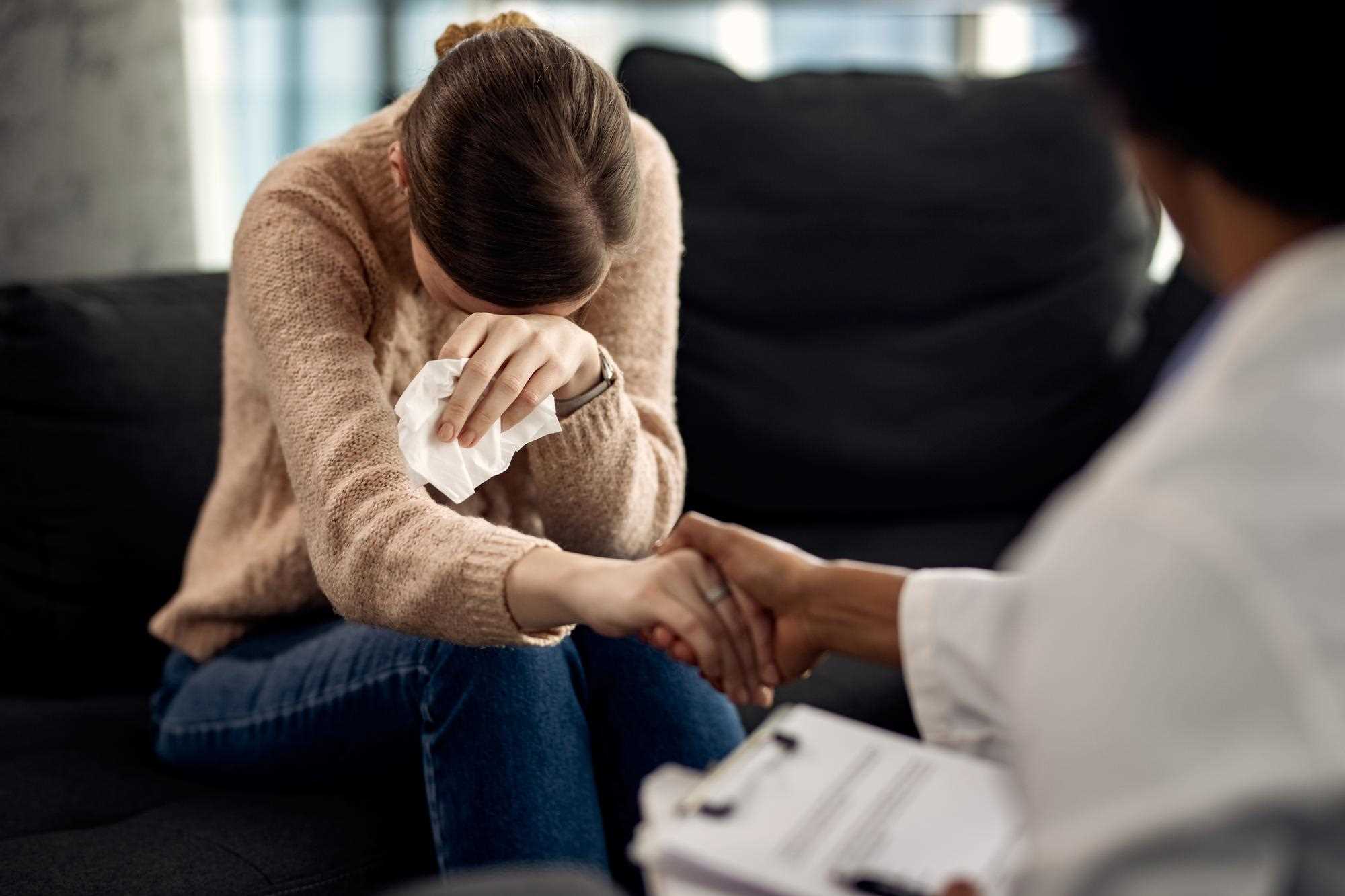
The doctor commented that, “if in a month, a person with a good capacity for resiliencehas not been able to solve this, if these symptoms They remain intrusive, this person engages in isolation behaviors, has constant flashbacks, nightmares, fear to take the guide, then you should already seek support professional in the area of mental health“
“If these symptoms continue and disrupt important areas of our physiological system such as sleep or our appetite, or our cognitive faculties, such as concentration, attention, or our mood, then it would need support from a professional “both psychiatry and psychology. This is the most important part,” he insists.
Sanchez explains that the first step is to undergo a assessment to determine the magnitude of the event and see if it needs any process of psychotropic drugs and pharmacotherapy in a joint process between the psychologist and the psychiatrist“Severity is measured, how serious what you have is.”
Diagnosis may include stress acute, a disorder adaptive, a injury when losing a member of his body, disorder depressant, anxiety and perhaps, a consumption of psychoactive substances because this person feels very sad.
“For him dreamor, mood or levels of anxiety They take serotonin reuptake inhibitors, they could even take some sleeping pills, everything will depend on what is found,” said Sanchez about the treatment pharmacological.
On the side of the psychologistthis intervenes with therapy cognitive behavioral or therapy MDR, which is based on the processing of traumatic effects when very complex catastrophes occur.
Managing the blame
Sanchez says it is normal for a feeling of sadness to arise. blame in it driver with many questions about what I could have done differently at the time to avoid the accidentSome studies estimate that up to three months after the incident, the patient may develop disorders depressives.
“He psychologist explores what could have been like that, if he had all the factors to control that scenario, then, with those beliefs they are cognitively restructured, because this person already begins to accept what happened, begins to look for another perspective and then can get closer to that recovery“, he says.
He psychiatrist highlights that there are people who have trauma and were not involved in the accidentbut they witnessed it and that can also affect them. In the case of children involved in a accidentthese do not usually understand the magnitude of the fact and must be treated by a psychologist or a psychiatrist juvenile.
Support net
Sánchez considers it important to have a support network that is sensitive and empathetic to the hilly.
“We must be sensitive and empathetic with the person who had a accident since he survived or since he had a injury or there was tragic loss. Sometimes, we as societywe can be a little punitive, questioning what this person should or should not have done. It is not a time to question, it is a time to protect, to be empathetic and sensitive to what happened, because in the end we are all victims in a accident where someone has more or less responsibility,” says the doctor.
In case the person decides not to take another steering wheelstresses that friends and family should not press to the hilly to take over driving.
“We have to see if he doesn’t want to go back to drive Or is it that he doesn’t want to feel again how he felt on the day of accident. Maybe you don’t have the tools to process that trauma“, he points out.
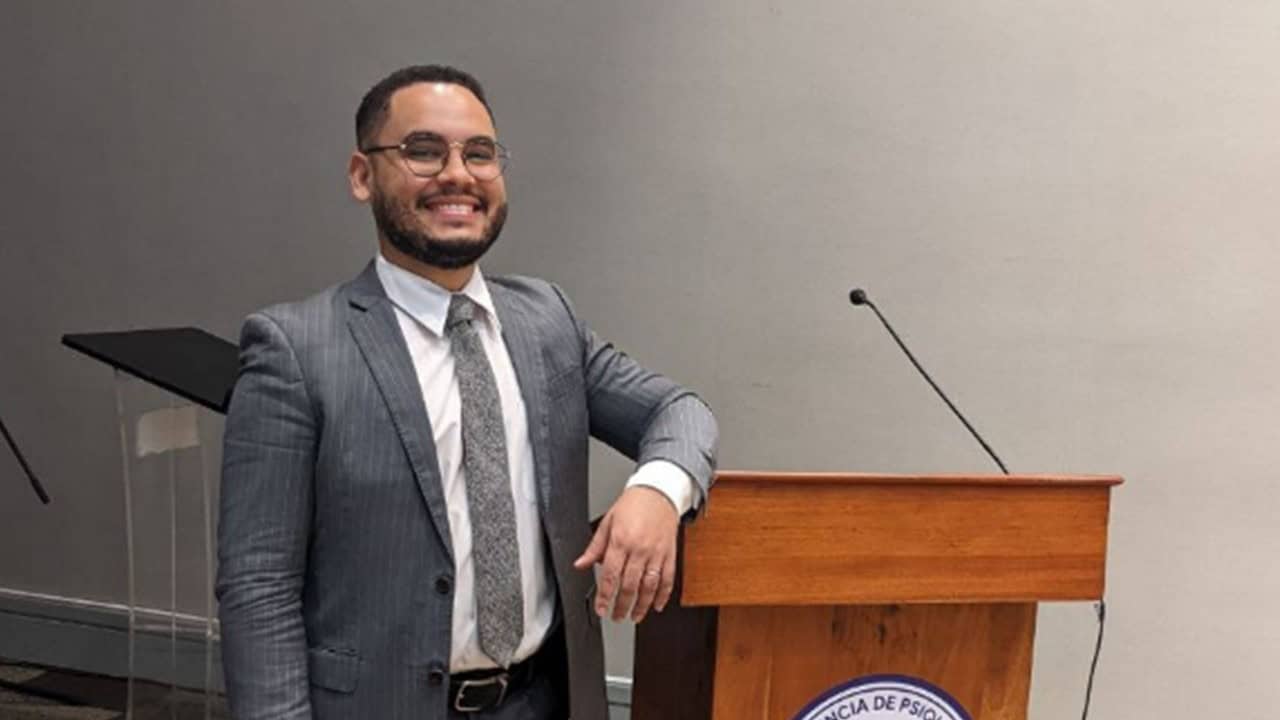
Abrupt or gradual change
Once the event occurred accidentSanchez points out that the changes in the habits of the driver They can be abrupt or gradual.
“Before he would drive at any time, now he only drives during the day. Before he would drive and it didn’t matter if he was accompanied or not, now it only matters when it’s daytime and he’s accompanied. Now if it’s raining, he doesn’t choose to do it,” he cites as some examples.
Tips to keep control emotional
At the time of the crash, the specialist suggests looking for attendancekeep safe and stay away from each other driver if he is upset and wait for the authorities to arrive. “Sometimes, if a traffic jam forms, it is better because it brings help to the people who are passing by,” he says.
“When they happen accidentsour system can tell us to flee, fight or freeze. It will depend on our ability to regulate what we understand we can do. We are a large population that is exposed to a great deal of vulnerability emotional“, he concludes.
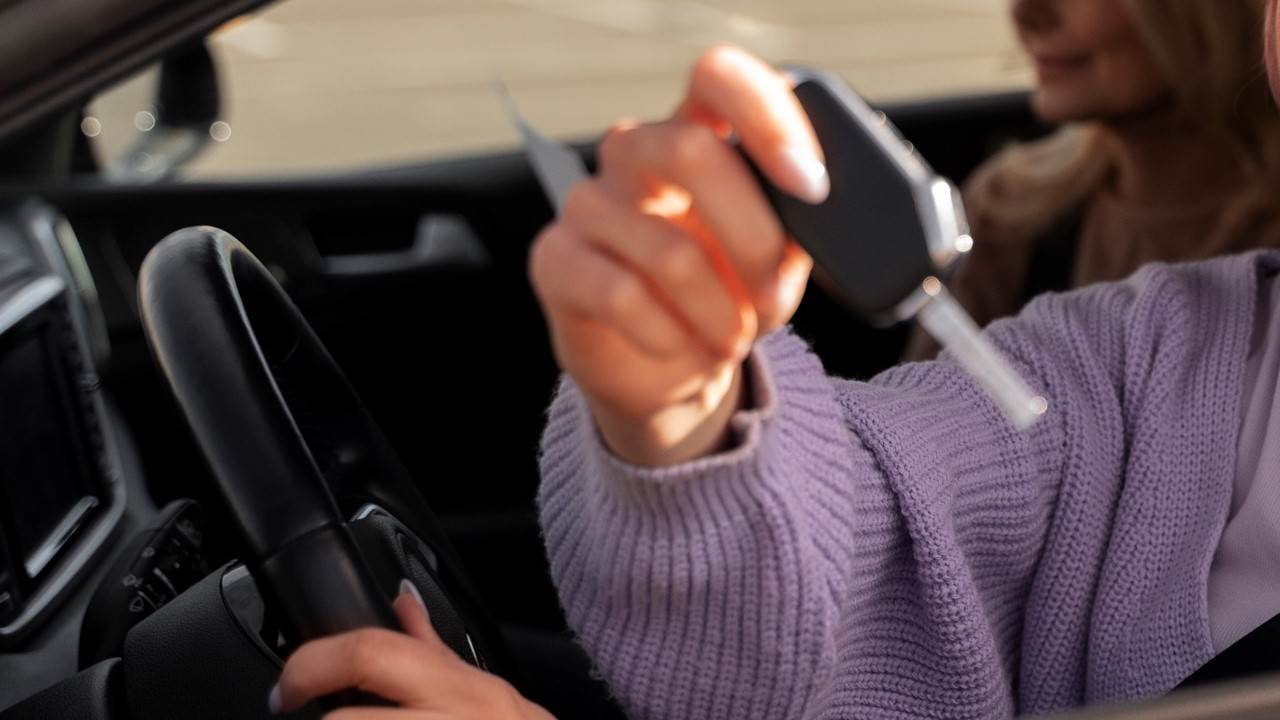
Has license but does not drive
Laura Ortiz is 27 years old and her license of drive In 2020, the young woman from Villa Mella bought her first vehicle with the hope of learning to drive on the go and gaining greater freedom to move around the city.
“At first, I was very worried anxiety“I was sweating, I was nervous, I understood that it was normal due to my inexperience, but every time I get out in the car, something happens,” she says about her days at the driving school.
The young woman, who has already attended two sessions of therapyrecognizes that beyond the motivation that you have received from friends and family to take the steering wheelyour case requires help professional.
“I’ve never gone out at night, my eldest fear are the bikers“, he confesses.
Analyzing your situation familiarunderstands that the fear to drive unfounded wine by his own mother, who prefers to make short Trips and constantly emphasizes the danger that can exist between cyclists, motorcycles, drivers public buses and pedestrians who suddenly change lanes, make unexpected turns or cross wherever they want.
Laura has two sisters, one older and one younger, and neither of them drive.
“I’m in my comfort zone and I don’t want to leave it,” he admitted.

